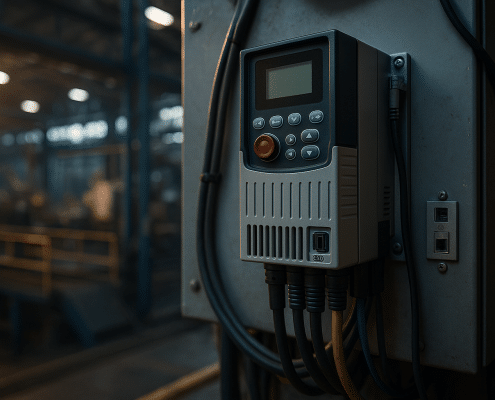
Allen Bradley PowerFlex 525: Setup, Specs & Alternatives
Unlock reliable motor control with the Allen Bradley PowerFlex 525. This compact VFD offers embedded EtherNet/IP, Safe Torque Off, and flexible control modes, making it ideal for conveyors, pumps, and fans. With energy-saving features, seamless PLC integration, and proven real-world efficiency gains, the PowerFlex 525 is a dependable choice for modern automation systems.
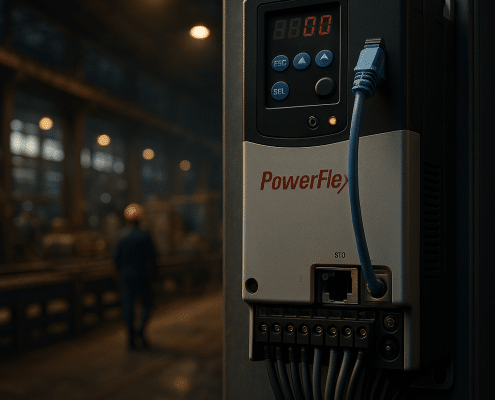
Allen Bradley Power Flex 525 — Specs, Setup, And Best Uses
Allen Bradley Power Flex 525 is a compact, network-ready AC drive that delivers efficient, safe motor control without complicating commissioning. It combines sensorless vector control, optional closed-loop feedback, dual PID, and Safe Torque Off to handle both variable‑torque and constant‑torque loads. Because the drive ships with embedded EtherNet/IP and a USB‑powered, “MainsFree” configuration mode, teams can stage spares and deploy quickly.

Allen Bradley Frequency Drive: Technical Guide & Alternatives
Boost efficiency and reliability with the latest Allen-Bradley frequency drive research. Our deep dive explores PowerFlex features, common pitfalls, and best practices for commissioning and maintenance. You’ll also see how ABB, Yaskawa, Eaton, Lenze, and Hitachi compare in performance and cost of ownership. Whether you’re retrofitting pumps, conveyors, or high-inertia loads, this guide shows how the right drive choice saves energy, improves uptime, and simplifies integration.
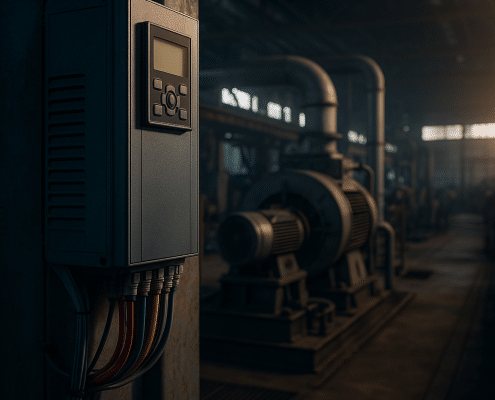
Danfoss Variable Frequency Drive: Selection & Setup
Precision control, lower energy bills, and longer motor life—all possible with a Danfoss variable frequency drive. By matching motor speed to real demand, Danfoss VFDs deliver up to 40–80% energy savings, improve power quality, and extend equipment reliability. Our latest article explores key features, standards compliance, and how Danfoss compares to other leading brands like ABB, Yaskawa, and Eaton.
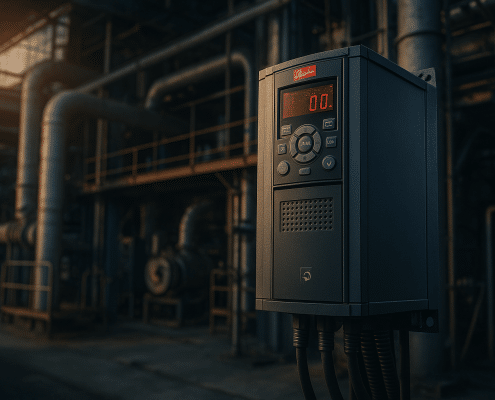
Danfoss Frequency Drive: Features, Standards & Use Cases
Discover how a Danfoss frequency drive transforms energy efficiency and reliability across industries. From HVAC systems to water treatment plants, these drives deliver precise motor control, significant cost savings, and compliance with global standards. Learn why Danfoss is a leader in variable frequency technology and how you can future-proof your operations with their innovative solutions.

Yaskawa VFD Drives: Ultimate Efficiency & Reliability Guide
Boost energy efficiency, slash downtime, and gain precision control with Yaskawa VFD drives. Our latest deep-dive explains exactly how GA-series inverters deliver 28-year MTBF reliability, real-world 30 %-plus power savings, and seamless PLC integration—plus side-by-side comparisons with ABB, Eaton, Hitachi, and Lenze. Get installation tips, sizing guidance, and links to top product options.
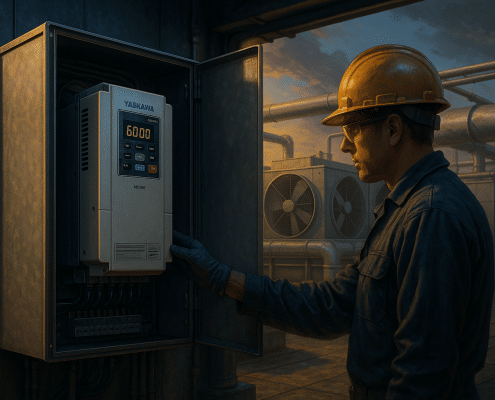
Yaskawa Frequency Drive – Features, Benefits & Selection Guide
Take total control of your motors—and your energy budget. Discover how Yaskawa frequency drives slash power consumption, extend equipment life, and simplify network integration. Our latest guide compares GA800 & GA500 drives to ABB, Eaton, and more, and shows real-world cases where facilities cut energy use by up to 42 percent. Read the full breakdown and see which drive fits your next project.

ABB VFD – Complete Guide, Specs & Best Practices
Unlock serious energy savings and bullet-proof motor control with ABB’s latest VFD technology. Our deep-dive guide covers DTC precision, harmonic mitigation, and real-world case studies that slash pump energy use by 30 % or more. Whether you’re upgrading HVAC drives or megawatt conveyors, see why ABB remains the benchmark for reliability—and how to choose the perfect model for your next project.
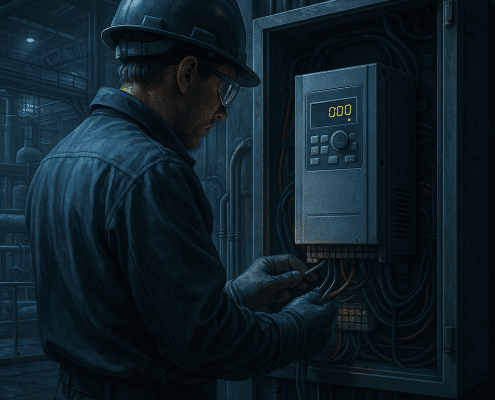
VFD Frequency Drive – Ultimate Industrial Guide & Best‑Practice Solutions
Electric motors consume nearly 40% of global industrial electricity. Yet most still run full speed even when only partial load is required. A properly specified VFD frequency drive transforms this waste into savings—cutting energy use by up to 50%, slashing peak demand, and extending motor life.
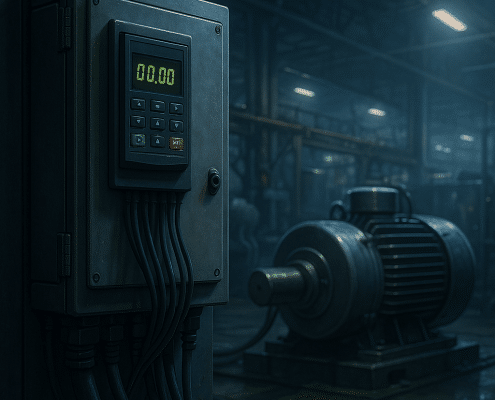
Freq Drive Fundamentals: Benefits, Standards & Best‑Fit Products
Precision Electric’s latest deep‑dive shows how a frequency drive trims motor energy use by up to 50 %, slashes inrush current, and extends equipment life. Discover real‑world ROI data, IEEE 519 compliance tips, and brand‑by‑brand hardware comparisons—all distilled into actionable checklists you can deploy this quarter.

Yaskawa Variable Frequency Drive: Buy, Integrate, Save
Unlock lower energy bills and rock-solid uptime with the latest Yaskawa variable frequency drives. Our new guide explains how GA-series VFDs slash electricity use by up to 30 %, integrate seamlessly with today’s control networks, and out-perform rival brands on reliability. You’ll also learn when repair beats replace—and how Precision Electric’s 24/7 service keeps critical lines running. Ready to modernize your motor control?
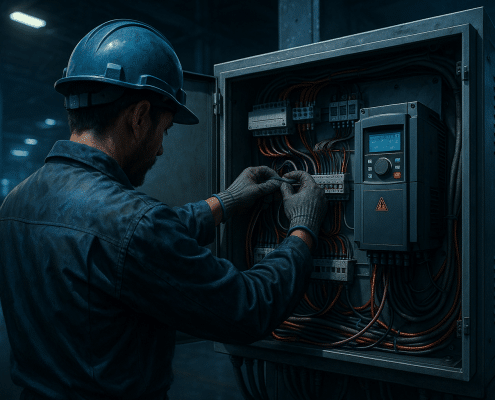
Siemens VFD Selection, Alternatives & Repair Guide
Keep your plant running—and your energy costs down—with our latest guide to Siemens VFDs. Discover how SINAMICS drives eliminate common failure points, compare quick-ship alternatives from ABB, Yaskawa, Eaton, and others, and learn Precision Electric’s proven spare-stocking and repair strategies that slash downtime. Read the full article and download the in-depth research PDF today.





